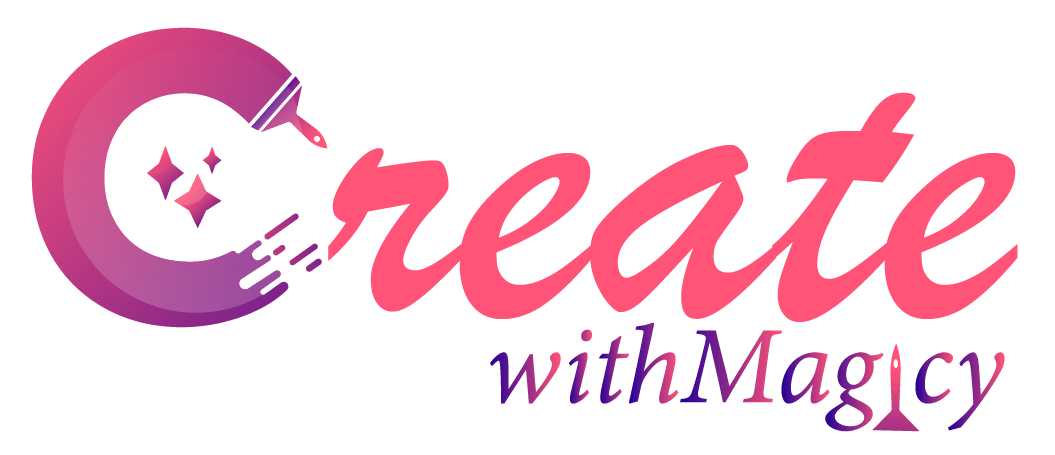Mastering Your Brand Story: The Ultimate Messaging Blueprint

In the world in which people are overloaded with marketing messages every day, differentiating means more than a catchy slogan or an appealing logo. An attractive brand story can help establish a higher level of trust and loyalty with the audience by connecting with them on a human level. The brand story messaging framework is a systematic way of creating the message that hits home enabling businesses to be able to declare their purpose, values, and personality. This blog examines the components of the Brand Story Framework and the manner in which this framework can be used to come up with interesting stories that attract your readers.
Learning the Brand Story Framework
The Brand Story Framework is simply a tool of strategic planning that is intended to enable businesses to determine their brand story. This structure has a number of major elements, which are united to create an integrated and interesting narrative. With knowledge on these aspects, companies will be able to develop communications that do not just attract attention, but also make them emotionally resonant.
1. The Hero’s Journey
In any great story, there has to be a hero in it, and in the case of branding, the hero is usually your customer. The Brand Story Framework asks business leaders to put the needs, wants, and issues of their audience at the centre rather than positioning the brand as a protagonist. When you position your message to the experience of the customer, you build a very relatable story that directly addresses the experiences of the customer. It is a strategy that will also empower your audience and demonstrate to them how your brand can become a useful partner in their path.
2. Defining the Problem
When communicating with your audience, it is necessary to find the problem or even the challenge that your audience has. This is what the story of your brand is based on. By defining the points of pain that your customers experience, you precondition that your brand will provide a solution. This is not only showing empathy, but it also helps to build your brand as an authoritative source that realizes what the audience is going through.
3. The Solution: The Place of Your Brand
After you have the problem defined, the second thing is to sell your brand as the solution to the problem. It must not be a difficult sell but part and parcel of the story. Emphasize how your products or services can make the life of your audience easy. Share the instances of how your brand has changed the life of the customers in a positive way using the real experiences and testimonials. This aspect of the structure supports the notion that your brand is actually concerned with its customers and that it is committed to helping them improve their lives.
4. Core Values and Mission
An effective brand story is not about products and services but about values and mission of the brand. Be specific on what your brand means and what its role is in the greater good. This openness appeals to the consumer, especially those who focus on ethical and socially responsible brands. When you inject your core values into your messages, it is a way of creating a good emotional bond as consumers will tend to associate themselves with brands that share their ideals.
5. Call to Action
All better stories end in a call to action to instruct the reader or the viewer of what to do next. It may be motivating your customers to buy a product, subscribe to a newsletter or participate in your brand activity on social media in the context of branding. Make sure your call to action fits into the story you have created and it is a smooth transition to the audience making the next step in their journey with your brand.
Adopting the Brand Story Framework
In order to implement the Brand Story Framework successfully, the first step that needs to be taken is the research of the audience. Know their definition, actions and pain points. Such information will shape your message and make it catch with your target audience.
Then collect the feedback of your current customers. Just carry out surveys/ interviews to understand what they have gone through with your brand and what they have been going through prior to finding your products/ services. This knowledge can come to your use to build your story, and it has to be credible and familiar.
After getting a clear picture of your audience and their needs, then begin developing your brand story. Make it short and concentrate on the most important aspects of the framework. Make sure that you have the same message throughout all channels not only in your website and social media but also send the same message in your email marketing and advertising.
Conclusion
The Brand Story Framework is a precious resource to any company that wants to develop a message that will connect with their readers. This can be achieved by treating the customer journey as an essential phenomenon, identifying their issues, and making your branding a solution that generates powerful stories and creates a connection with emotions and engagement. Also, it is important to make sure that you have integrated your core values and mission into your storytelling, and you have included a clear call to action as a way of leading your audience. The Brand Story Framework can assist the brand to shine and establish a strong relationship with the customers in a world where authenticity and relatability are of utmost importance.
FAQs
1. What do I need to find out about the main values of my brand to use in my story?
In order to discover the core values of your brand, think about the motives which motivate your business and what values you desire to follow. Think of your mission statement, ethical considerations of your industry and what your customers value most. You can also interact with your team and stakeholders, as this will help you have varied opinions that help you have a balanced idea of your brand values.
2. Am I able to make changes to my brand story as my business changes?
Absolutely! Your business story must change with your business. As you evolve, grow, and change according to the market or consumer demand, it is imperative to review and redefine your brand story. It is always important to make your story as consistent with the mission you are currently pursuing, the values you support, and the audience you are currently targeting.



